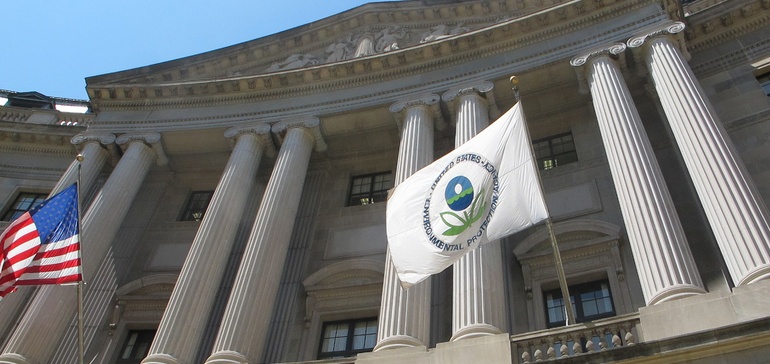Dive Brief:
- An anticipated environmental regulation that could restrict commercial sterilizers’ emissions of a common chemical used on medical devices did not meet its September deadline, delaying actions that could impact medical device supply chains.
- Ethylene oxide (EtO), deemed a carcinogen by the Environmental Protection Agency, caused an outcry from potentially endangered individuals that live near sterilization facilities who brought new attention to the issue in 2019. That led to fears among medtech manufacturers and regulators about possible device shortages should more restrictive emissions rules be enacted.
- EPA said the goal is now to issue a proposal on emission standards for EtO commercial sterilization operations in the coming months, with a final rule not coming until 2021. The agency is reportedly still awaiting recommendations from a small business panel.
Dive Insight:
Scrutiny of the public health Catch-22 with ethylene oxide sterilization emerged as one of the top threats to the medtech industry in the second half of 2019. Although the gas is regulated by EPA, FDA held an advisory panel hearing on the topic in November, where one committee member said the shutdown of device sterilization plants put the U.S. “on the cusp of a major medical logistical failure.”
Last December, EPA forged ahead and issued an Advanced Notice of Proposed Rulemaking on emission standards for EtO commercial sterilization operations, while requesting input from industry and calling medical device sterilization “vital to protecting public health.” The subsequent comment period drew dozens of comments from sterilization companies, medical device industry representatives and FDA Center for Devices and Radiological Health Director Jeff Shuren.
But since then, although EPA has continued to work on the issue, the agency has not hit the next major rulemaking milestones. EPA was supposed to issue a proposed rule in September to enable a final rule in December, as laid out in the Trump administration’s Spring 2020 Unified Agenda. No proposed rule was issued last month.
One factor in 2020 that removed some momentum behind the push to reduce EtO emissions was the need for rapid sterilization of medical equipment to help healthcare workers respond to COVID-19. Two weeks after the World Health Organization deemed the novel coronavirus a pandemic, EPA reported via FDA that demand for sterile equipment was outpacing supply. In turn, EPA announced that environmental regulators in Georgia would temporarily allow BD to increase the number of devices it sterilized at plants that had previously come under fire for emissions.
“While we must take into account the risks from emissions of ethylene oxide, and addressing those risks remains a major regulatory priority for the agency, it’s important to bear in mind those risks are linked to exposure over an entire lifetime – over a 70 year period – however, COVID-19 poses an immediate threat to our nation during this crisis,” EPA Administrator Andrew Wheeler said in a statement.
According to EPA, since addressing the issue there have been emission reductions, or commitments for reductions, at sterilizers in Georgia as well as Colorado and Missouri.
Other medtech regulations that appeared to miss late summer deadlines include a final rule from FDA on the De Novo classification process and proposed rules on over-the-counter hearing aids and clinical holds in medical device investigations.

